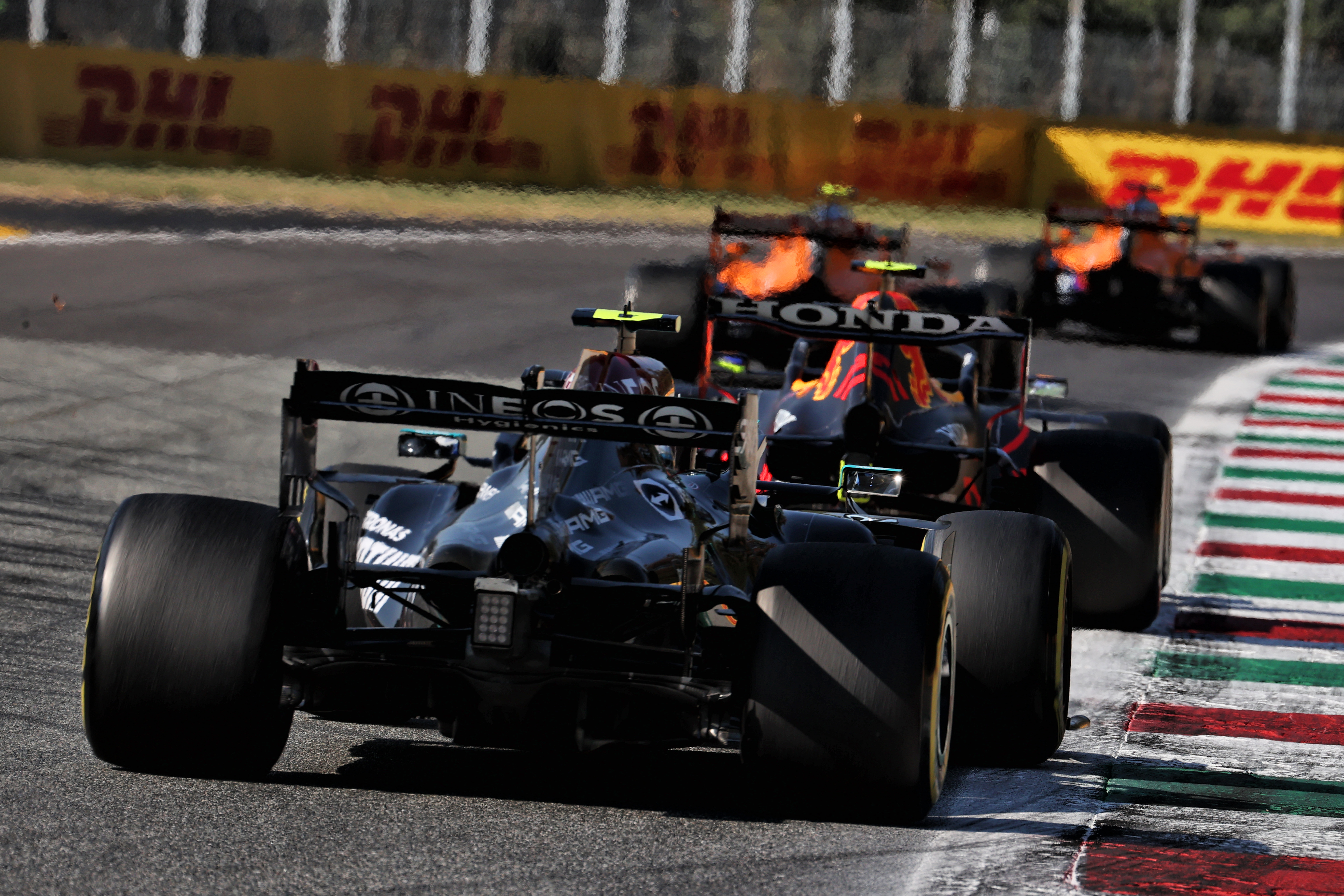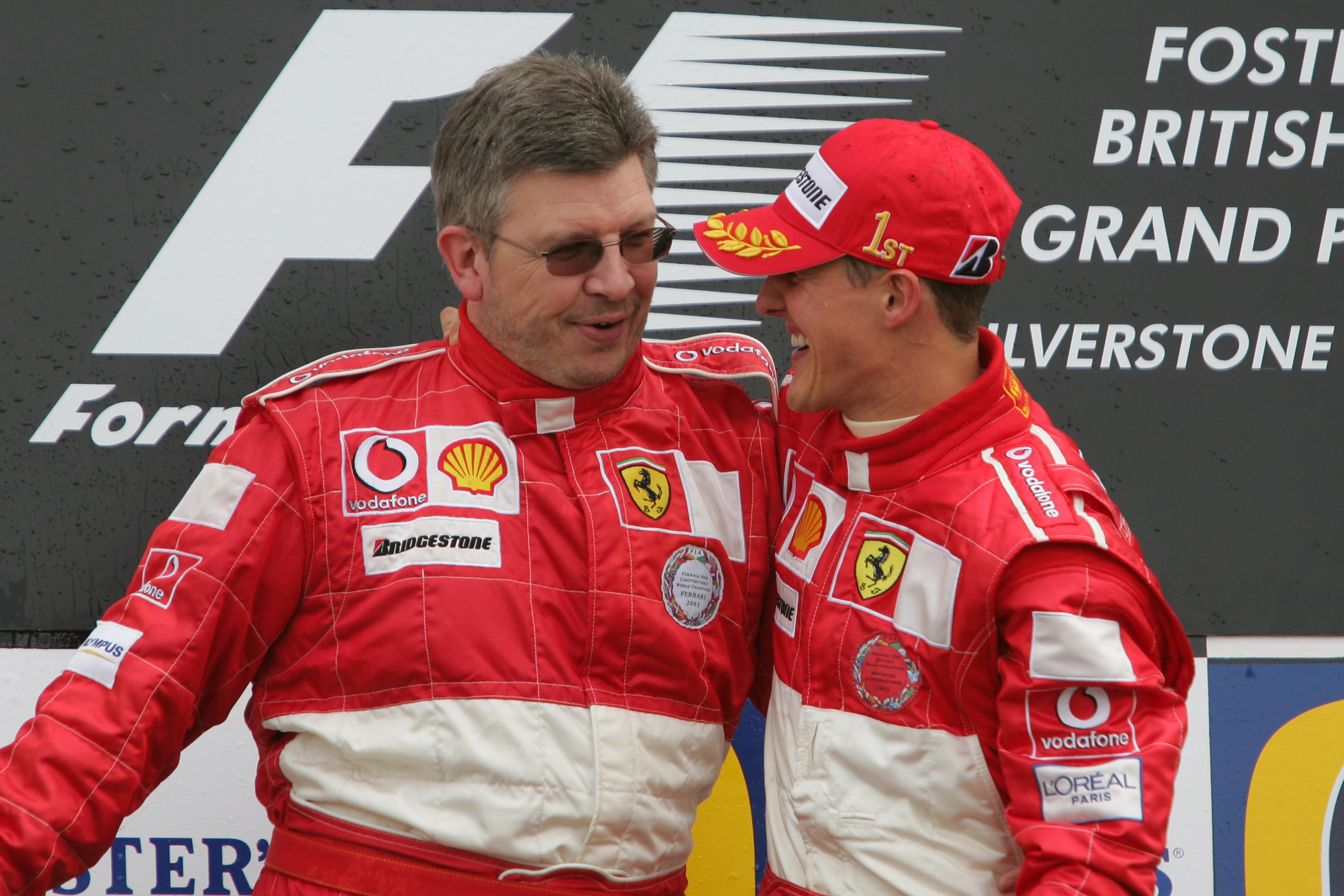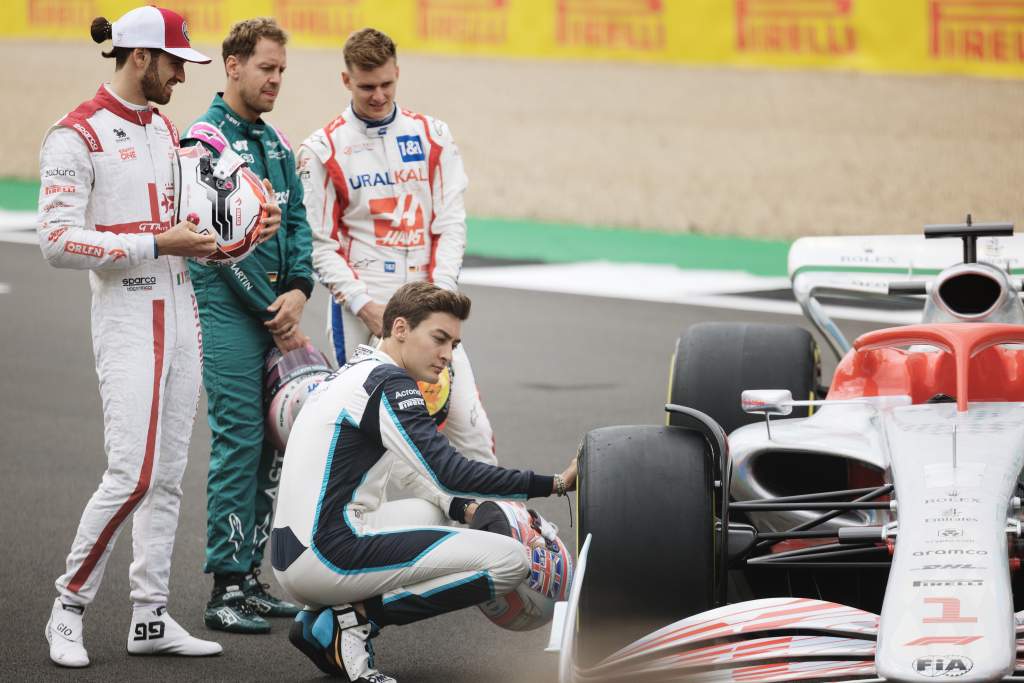Up Next

Plans to make teams present car changes to the world and speak to the media ahead of Friday practice on grand prix weekends next year is good news for the millions of fans who enjoy the technical side of Formula 1.
But it won’t go down well with teams, who will have to overcome decades of secrecy to really buy into the new idea.
This is possible next year because of the rule changes that force teams to register a reference specification for each race weekend. That’s the specification you then have to qualify and race, and the one that you’ll have to explain to the media, although they will be permitted to run test parts in free practice for possible addition to the car baseline spec at future races.
In reality, all teams have a very good idea about what their rivals are doing. They all employ professional photographers with telephoto lenses to tick off a wish list of shots and even the most secretive teams can’t keep a new part that’s visible externally secret for long.
But even if you can keep a concept secret for a few extra days, that will delay the competition taking a look and potentially copying the idea – provided of course that it would be suitable for the way their own cars work, which is never certain.
The need to register a reference specification and explain yourself means that the moment you intend to race an upgrade, you have to declare it. So at that point, your design is out in the open. While some changes are obvious to the eye, others are harder to spot so this will mean that once you use a part in a competitive qualifying session or race, it’s out there.
What will be interesting is how teams approach trying out upgrades. Presumably, these won’t have to be declared when they are first run, unless the team wants to, but usually, you won’t want to risk running a new performance part without having the opportunity to try it first to check the windtunnel/CFD to track correlation.
Normally, the teams will plan their development programme to coincide with races that require a slightly different car specification. There would probably be four reasonable major upgrades each season, but you don’t want to be doing your dirty washing in public so these changes will require circuit testing on the quiet.
By the time they are publicly declared the eagle-eyed among us will have spotted these changes and written or illustrated them already, so there’s no real change there.
There are certain stages through the season where this won’t really be a problem. The car specification will change because of the circuit requirements, so at tracks like Monaco and Monza, the cars will look visibly quite different because of the wing levels required.

It’s the other tracks and some of the subtle changes required that will be difficult to fully disclose. As an example, let’s say compared to your last race you are running a reduced front wing angle but with a gurney flap on part of the trailing edge. It’s quite a subtle change, but in reality, it’s a change in aerodynamic philosophy. Do you have to declare this type of detailed change?
It’s all the stuff under the body that we don’t see and that the teams don’t want others to know about that will cause confusion as to who has developed what. Yes, we would all love to know 100% what everyone is up to, but at the same time, the unknown is part of the intrigue. So I am not a big fan of this new declare all requirement.
If this requirement had come in when Ross Brawn and Pat Symonds were technical directors, they would have been two of the most vocally against it. All the teams work very hard to identify any deficit and find solutions to eliminate it, but having to put all that out in the open allowing other teams to judge the changes against the improvements seems a bit unfair. I know I wouldn’t have liked it either.

Up until the green light goes on for the start of qualifying, the teams should be able to change the specification of their cars. Every team needs to be able to optimise its performance for each race meeting and some just don’t have the state of the art equipment to do that away from the track.
This requirement will lead to more spending on simulation tools that is hidden away from the event.
What the fans want to see, and I include myself in this, is cars going around the track, mistakes being made and drivers wrestling with those mistakes to get the best from their cars. Even now, it’s a bit too clinical.

The TV director will always play a rerun of a car having a spin or a slide, so they know that the viewing public are wanting to see action. If everyone is going around on rails, what’s the point?
Personally, I enjoy races that have close competition and that when the chequered flag drops we know the results. I can see this leading to those results being questionable. What if a team doesn’t declare a new gizmo that allows the rear ride height of its car to suddenly drop on the straights?
After all, some changes to parts won’t necessarily show up purely on the basis of their geometry.
It could win the race, but if the FIA finds out three weeks later, what happens to that previous result?




